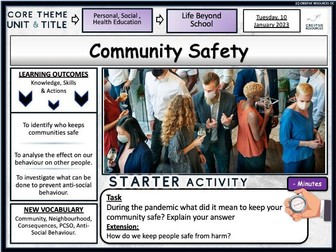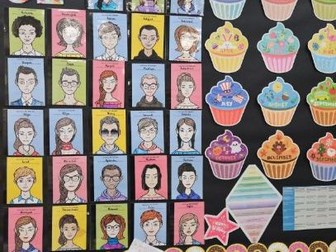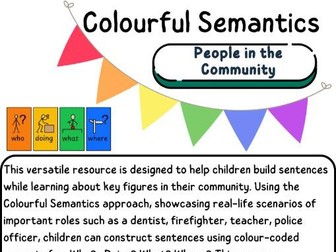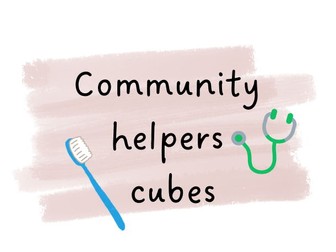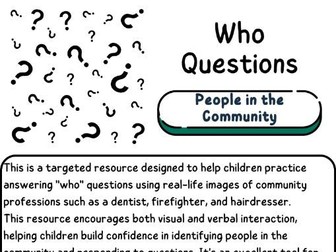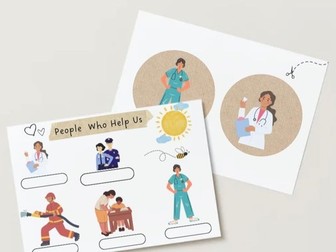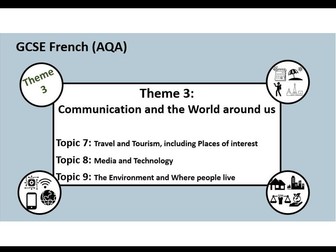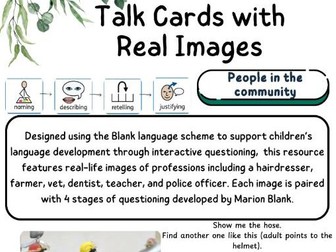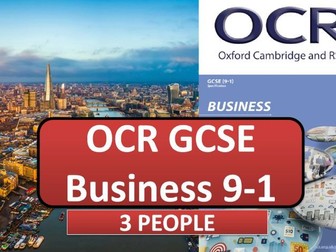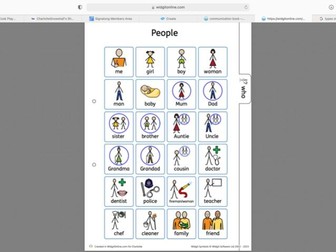Community Safety PSHE
Community Safety Lesson. A fully-resourced lesson (1 hour +) which can be used by teachers to deliver a detailed PSHE / Citizenship / Personal Development lesson
Learning objectives
To identify who keeps communities safe
To analyse the effect on our behaviour on other people.
To investigate what can be done to prevent anti-social behaviour.
Some Key Terms Covered
Community, Neighbourhood, Consequences, PCSO, Anti-Social Behaviour.
Each Lesson Pack Contains:
1 Fully Editable Careers PowerPoint (Learning Outcomes, Confidence Checkers, Assessment of Learning, Variety of Tasks, Video Embedded URL Clips, Engaging Premium Quality Slides, Extra Support Websites, Challenging & Thoughtful Questioning) Assessment Opportunity (Confidence Checker)
The lesson includes a detailed PowerPoint, variety of student facing tasks and comprehension tasks These resources have been designed to be engaging, informative and pick up and teach.
Why not check out some of our latest PSHE super bundles below:
Personal Finance as a young adult
Online Safety + Staying Safe
Y12 Survival Kit - Personal Safety
Y11 Survival Kit - Revision + Exam Stress
British Values Explored Bundle
PSHE - Debating Topical Issues
Society, Body Image + Peer Pressure
Finance Risk + Online Safety
**Leave a positive review and we will send you a free lesson on any PSHE Topic. Just email Mike at thecre8tiveresources@gmail.com **
